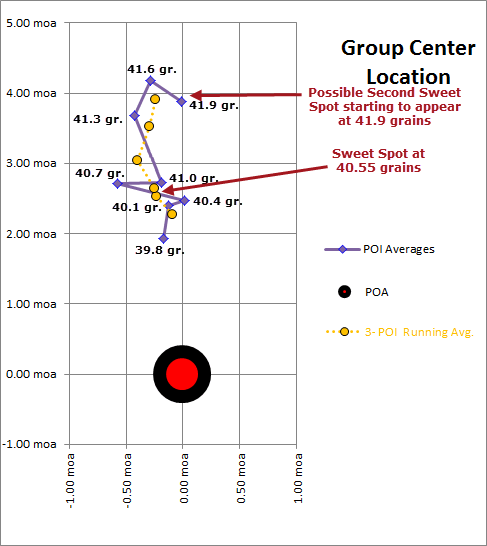turtlehead
New member
I plan on loading a ladder test for a bolt action 223. Each powder load will increase in .10 increments.
Will shooting this test at 100 yards even give me any useful information?
I ask because my spotting scope is garbage at 200 yards (furthest I can shoot locally).
Will shooting this test at 100 yards even give me any useful information?
I ask because my spotting scope is garbage at 200 yards (furthest I can shoot locally).

